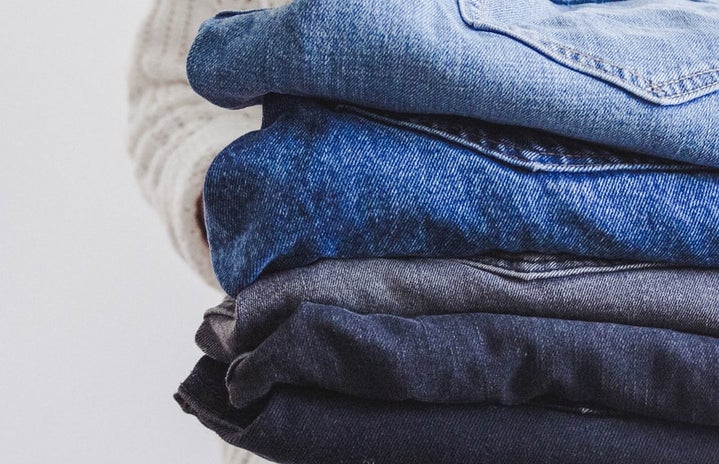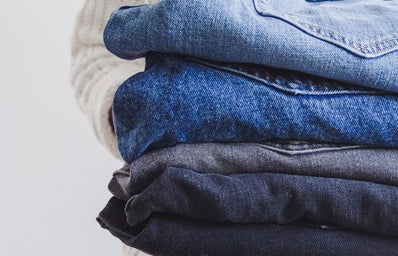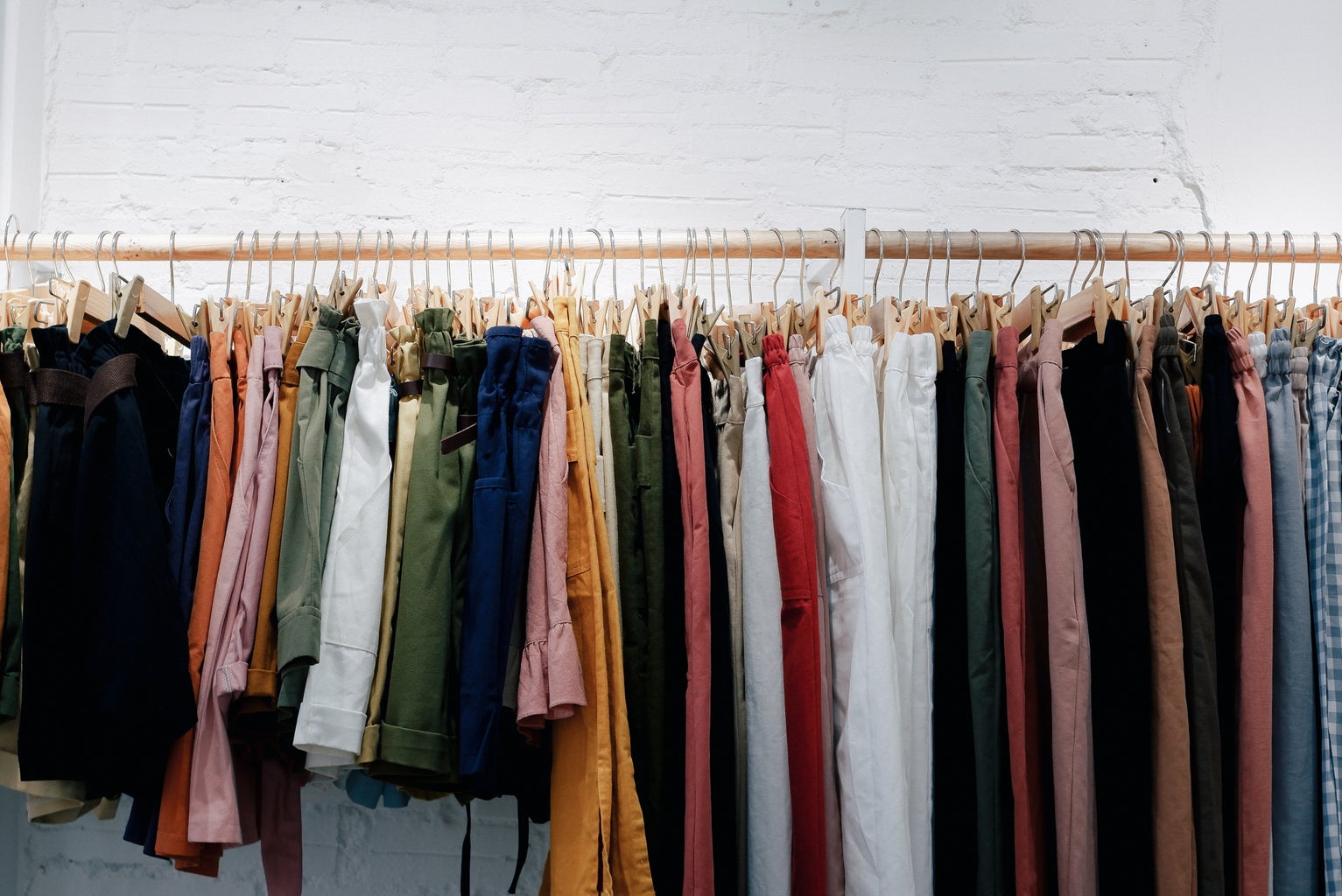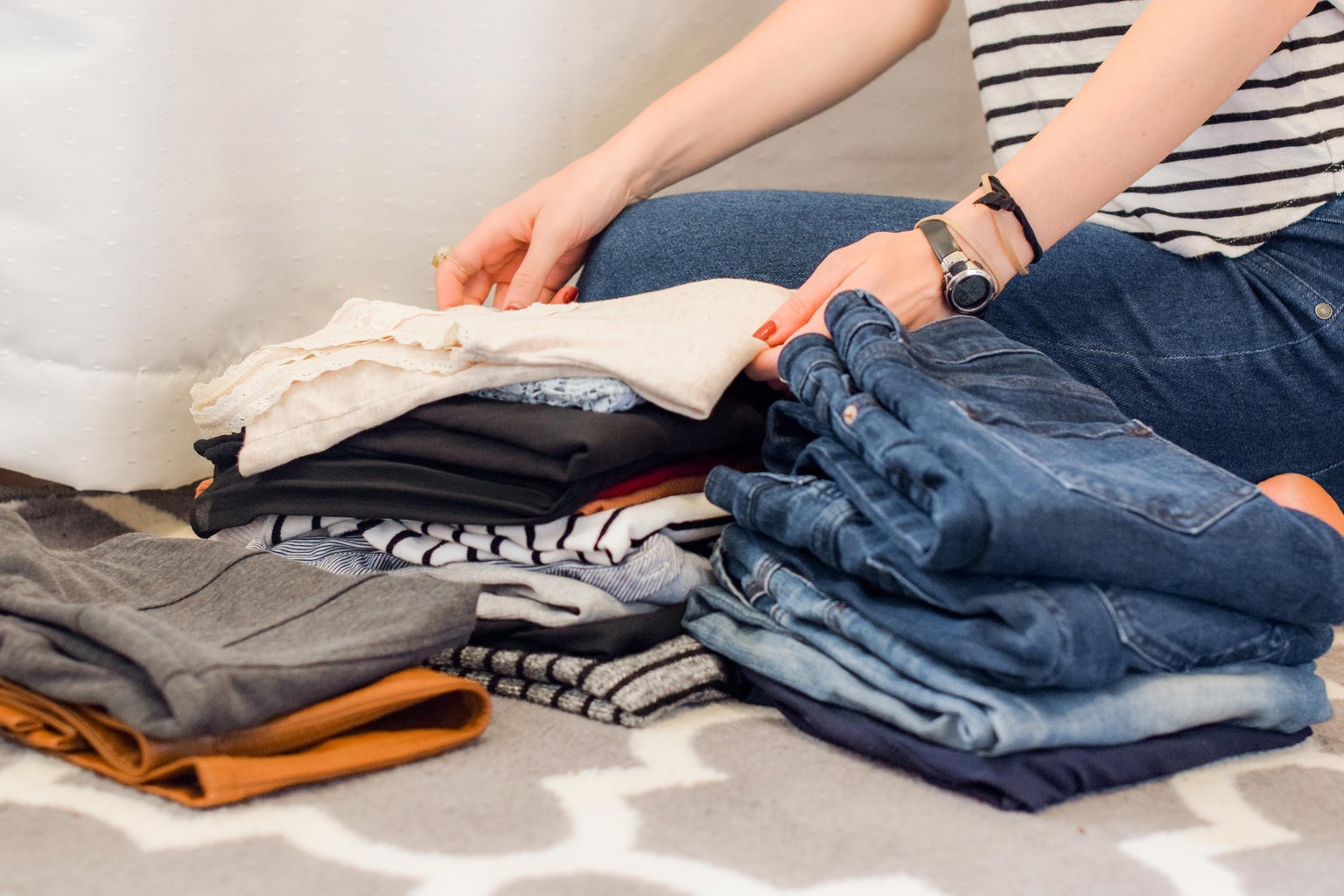In a world full of fast fashion, it is important to be mindful of the impact individual consumers can have on the environment and their personal waste. The average American throws away 81.5 lbs of clothes every year! This further contributes to the “92 million tonnes of textile waste” deposited into landfills, which is expected to reach “134 million tonnes a year by the end of the decade.” These numbers encompass an incomprehensible problem. Here, I list several ways you can help by responsibly removing or transforming clothing you no longer wear.
selling
There are several platforms that are fantastic for easily posting and selling your gently loved clothing: eBay, Poshmark, Mercari, and Depop, to name a few. Depop has seen great success in recent years with an incredible algorithm to help your listing find the right audience. Facebook Marketplace can also be helpful when looking to make a sale on a local level. Another option is Plato’s Closet, a curated second-hand store that pays cash for your clothes, given that they are current, “clean and in good condition — no stains, fading, or excessive wear.” That being said, they typically are choosy and won’t accept EVERY item you bring in.
DOnating
Donating your clothes is a great way to put them back into the community for others to continue using. Goodwill, Salvation Army, or your local thrift store survive based on community donations, selling them “as-is.” These thrift stores typically have a rotation system that allows a constant flow of products, and if it doesn’t sell, they can go to a secondary location with extremely reduced prices. Goodwill Outlet Bins takes the clothing not sold in stores and puts them out for sale by the pound, where they are sold for next to nothing. After this, Goodwill sometimes uses the Goodwill auction as a last-ditch effort before putting it into textile recycling. S.M.A.R.T. is an organization that sorts through and recycles anything it can, so what ultimately does reach the landfill is usually “wet, moldy, or contaminated.” Donating to organizations that prioritize reducing waste can lessen the impact of clothing that no longer serves you.
mending
Even if you don’t consider yourself particularly crafty, a minor flaw can sometimes be fixed with a few easy tricks. If you’ve ever had a piece of clothing you love stop fitting correctly or become torn, you don’t have to say goodbye. If a piece of clothing is torn, iron-on mending tape or patches may help you get a few more wears out of the pieces you love. A great tool to have in your home is a roll of elastic; this is particularly helpful for jeans that are too big, allowing you to thread it through the waistband for a tighter fit. If something is too small, adding a new panel of fabric or using elastic to increase the size is possible. If a piece becomes stained, a cheap dunk in a Rit Dye bath of a darker color can give it a new lease on life.
Upcycling
Upcycling is the process of transformation that can give items a new purpose or improve them in some way. With a little sewing knowledge, it is possible to alter pieces of clothing that no longer fit your current style. This can mean chopping the piece to make it shorter, distressing denim, or adding graphics or texture. Upcycling clothing can make new pieces from the old; for example, tote bags are a simple DIY with a highly useful result.
Slow fashion
While some clothing is built to last, it’s not always fiscally accessible. Oftentimes, easily accessible and cheap clothing isn’t made to be worn over and over again due to the diminished quality of their production through fast fashion. Wearing clothes you already have rather than buying new clothes aids slow fashion. Some are also participating in this movement by breaking out their sewing machine and making their clothes from repurposed items or from scratch!
Buy responsibly
While it can be tempting to buy trendy clothing, succumbing to micro-trends means those clothes may sign up for a one-way ticket to the dump within the year. Brands such as SHEIN fall into the category of “throwaway fashion” and have a much shorter life cycle than your average clothing purchase. This is due to a myriad of factors, including its overall diminished quality to accommodate dirt-cheap pricing or the fact that much of the clothing follows so-called ‘micro-trends.’ Micro-trends are defined as trends that last for an incredibly short amount of time “with some lasting less than one season.” With the fast pace of the internet fashion scene, trends have a shorter and shorter shelf-life of relevance, creating more waste. Recognizing micro-trends and participating in more sustainable buying practices can reduce your individual carbon footprint.
conscious sustainability
While unsustainable and environmentally damaging business practices can be overwhelming, it is sometimes hard to see the impact of individual efforts. Small lifestyle changes can ultimately have a positive impact and inspire others to make similar alterations.




